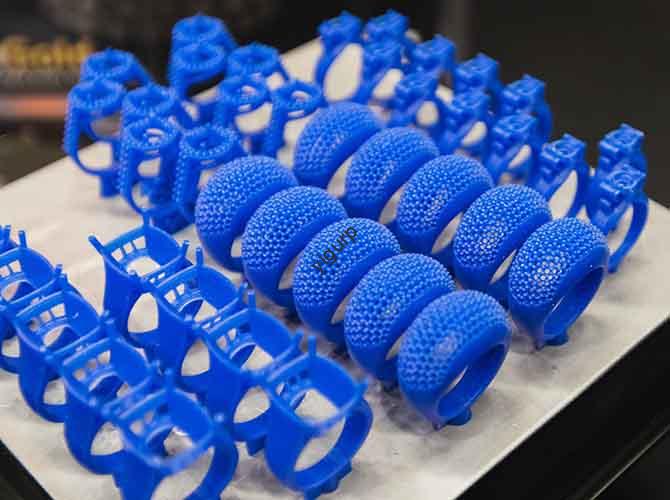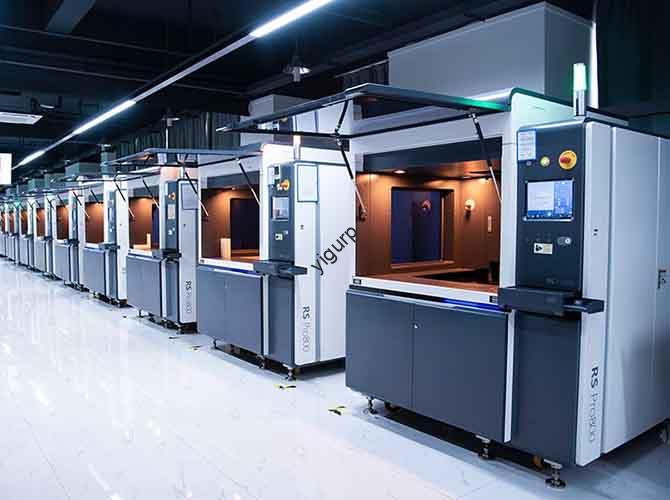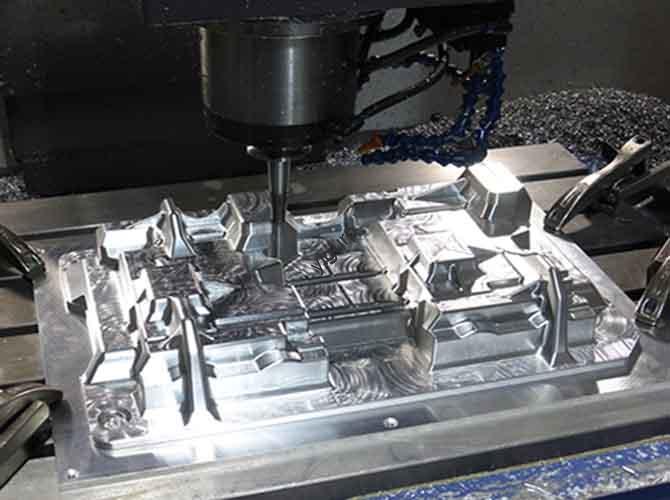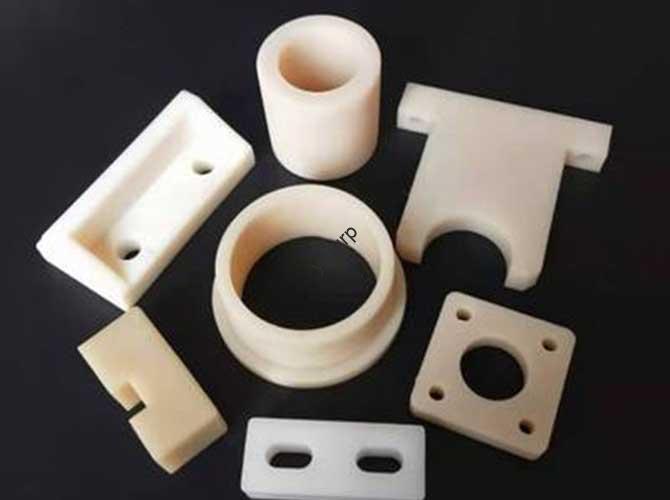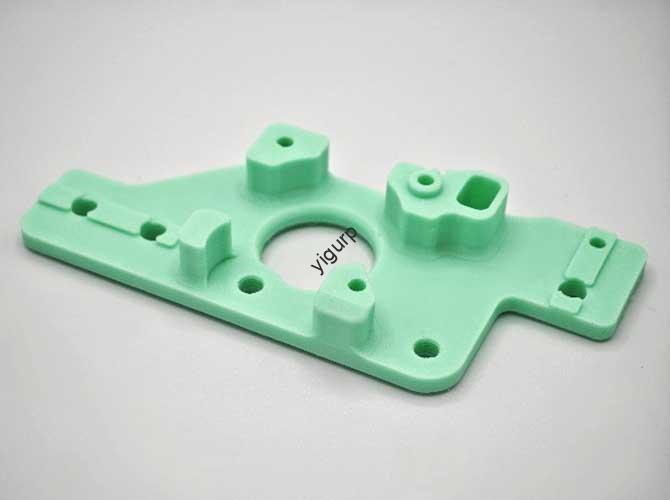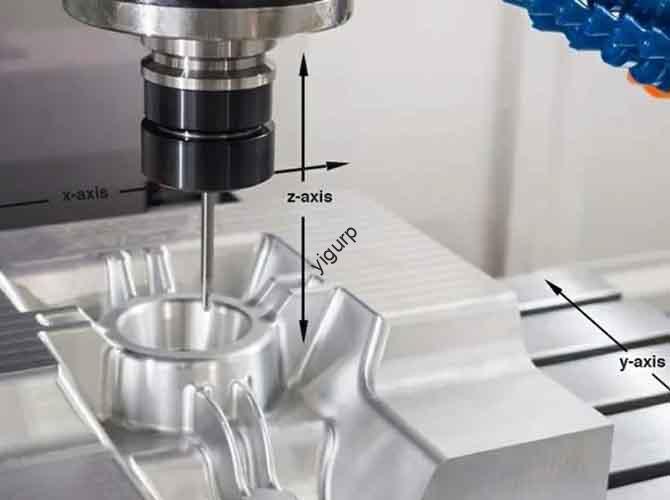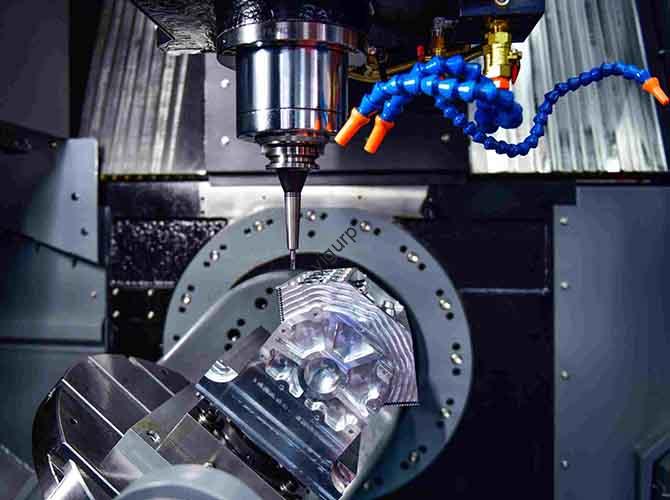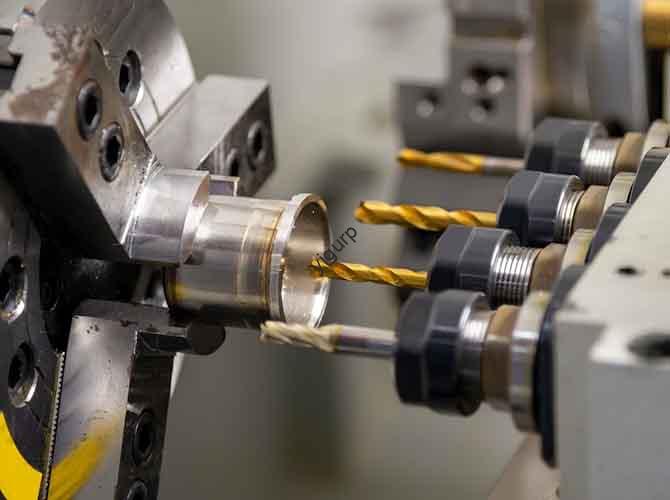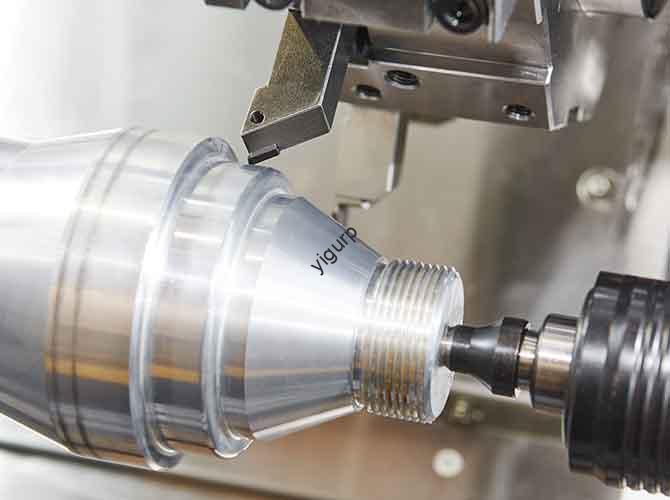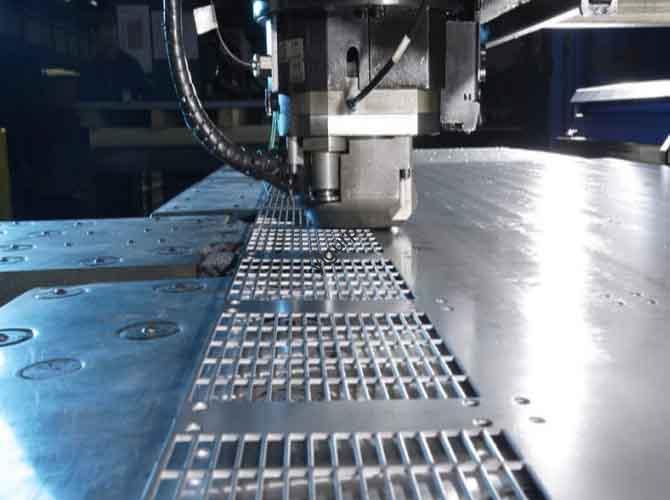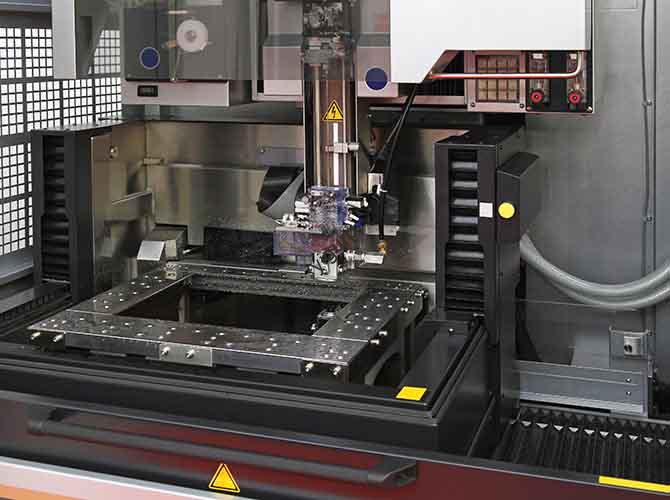How to Calculate the Unit Price of 3D Printing? A Comprehensive Guide
Whether you’re a hobbyist making small prototypes or a business sourcing industrial parts, knowing how to calculate the unit price of 3D printing is essential to avoid overspending. The unit price isn’t a fixed number—it depends on materials, printing time, technology, and more. This guide breaks down the 5 most common calculation methods, key influencing […]
